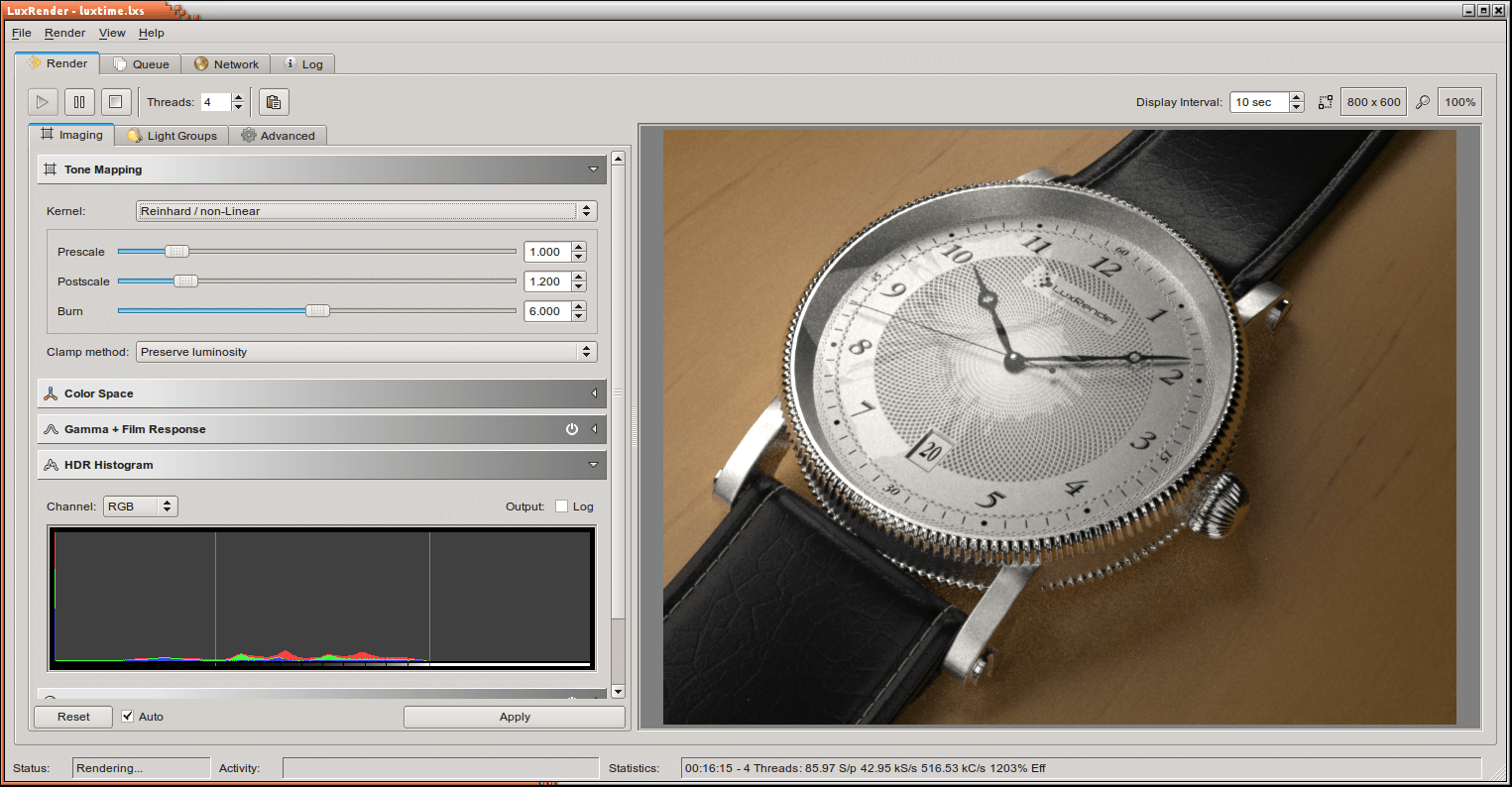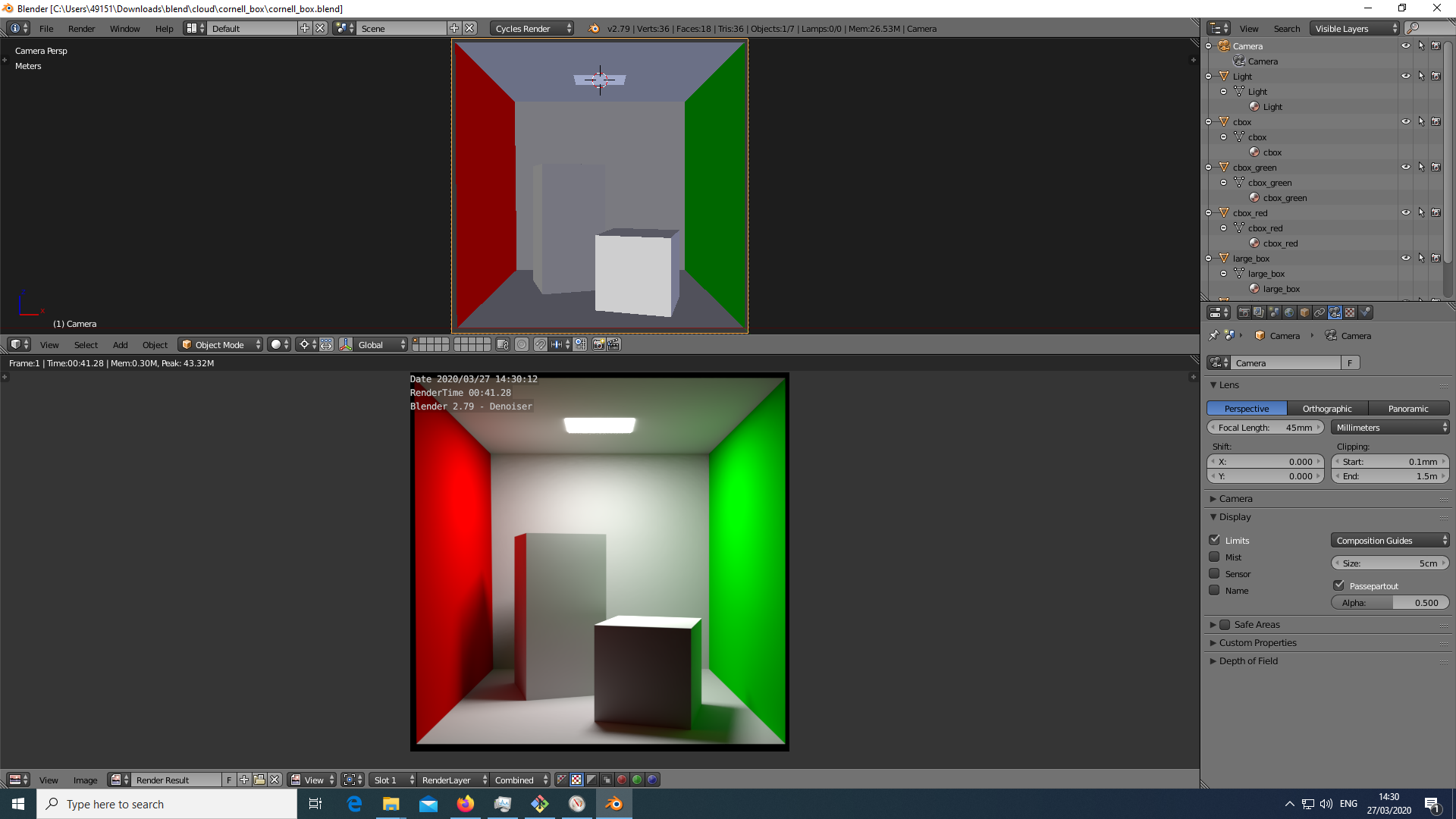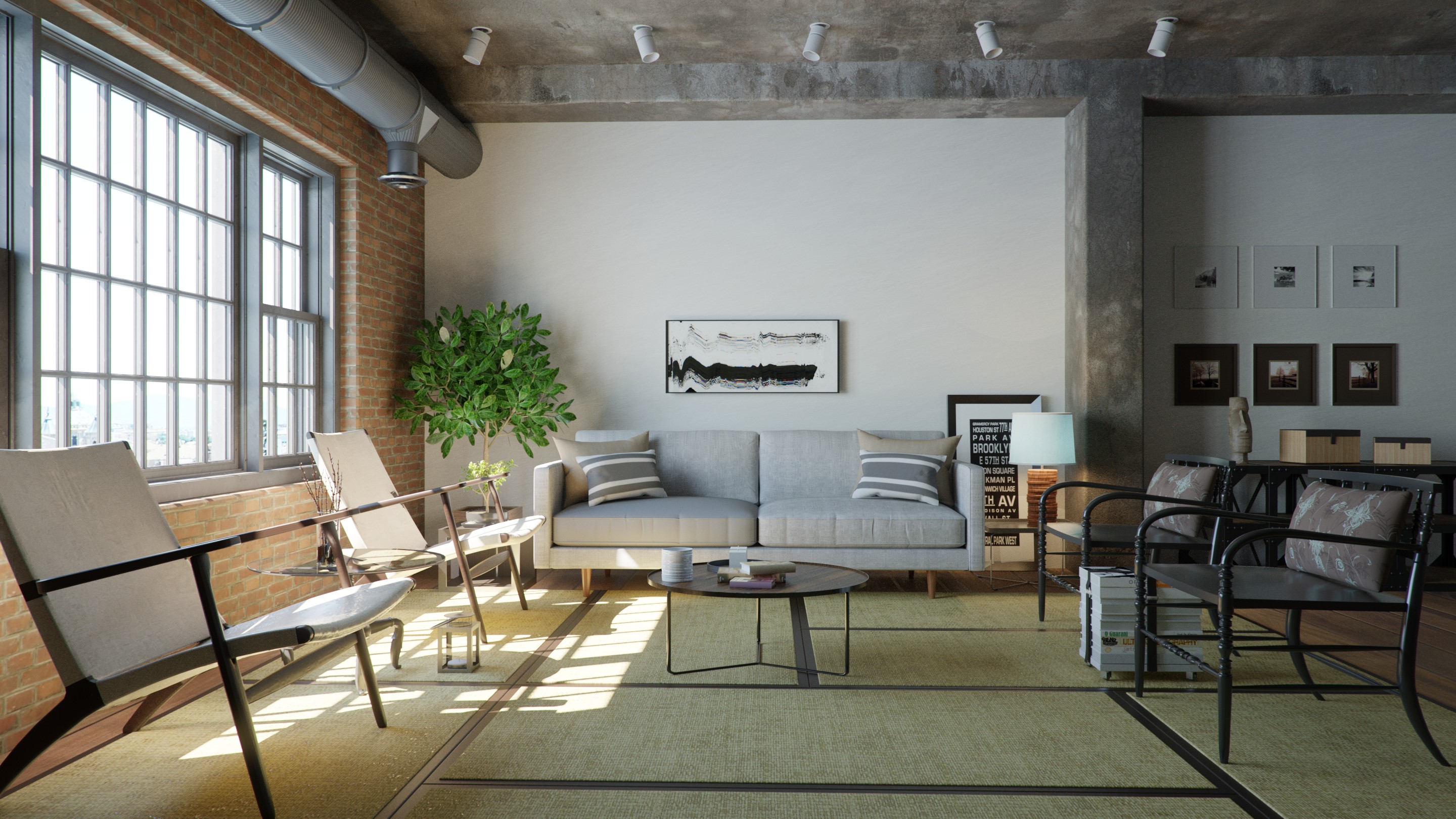

In this paper, we review the preliminary design process of such a capable civilian UAV system, namely the TURAC VTOL UAV. In addition, the desired UAV system needs to be cost-efficient while providing easy payload conversion for different civilian applications. All of these complementary and but different operational capabilities point to a hybrid unmanned vehicle concept, namely the Vertical Take-Off and Landing (VTOL) UAVs. This is in addition to being able traverse in low cruise speeds or being able to hover for stationary measurement and tracking. These operations include taking off and landing from limited runway space, while traversing the operation region in considerable cruise speed for mobile tracking applications. Most of the civilian UAV applications require UAVs that are capable of doing a wide range of different and complementary operations within a composite mission. Even though civilian UAVs currently constitute 3 % of the UAV market, it is estimated that their numbers will reach up to 10 % of the UAV market within the next 5 years. These advantages include lower manufacturing and operating costs, flexibility in configuration depending on customer request and not risking the pilot on demanding missions. UAVs are also in demand commercially due to their advantages in comparison to manned vehicles. Five Angle of Attacks were considered for both the cases.įor the last four decades Unmanned Air Vehicles (UAVs) have been extensively used for military operations that include tracking, surveillance, active engagement with weapons and airborne data acquisition. Also, a detailed analysis of vortex formation across the wingtip for both the scenarios was performed. Both the models were compared to see the effect of winglets on drag reduction which ultimately agreed to increase the lift and endurance efficiency of the flying wing body with the application of winglet.

Both the flying wing geometries i.e., with and without winglets were modeled and solved in CFD code. The parameters for winglets were calculated using the standard values from the previous research. Therefore, we have taken up this as the main subject for our paper. Previously, not much work has been done on winglet design of Hand-Launched UAVs and the vorticity analysis. Our study made us realize that winglet configuration can play a major role in reducing the drag of the body and, finally increasing the overall mission time of the UAV.

During the design phase, it was understood that a UAV with increased endurance will be more helpful in practical use. After defining design requirements, these values are used t o stipulate parameters in designing equations of UAV sizing and airfoil selection. A Design space was mathematically plotted by defining parameters: cruising speed, stall speed, GTOW, aspect ratio etc.
LUXCORERENDER RENDER LXS PORTABLE
The UAV is highly portable and can be launched for a mission from almost anywhere. In the present work, a Flying wing body was designed that can be used for surveillance and reconnaissance. Consequently the advantages of both tools can be used. By means of a developed interface to MATLAB data can easily be interchanged between the data model and OpenVSP. As new part of the design environment OpenVSP is integrated in order to use its visualization and calculation capabilities. It is implemented in MATLAB using an object-oriented programmed (OOP) data model for all types of fixed-wing aircraft without any restrictions regarding their geometric shape or overall size and mass. For that reason the Institute of Aircraft Design of the Technical University of Munich is developing the new aircraft design environment ADEBO (Aircraft Design Box).

Concurrently the process complexity increases as well as the demands on a uniform and comprehensible data model for the rising number of potential fixed-wing aircraft configurations. The increasing variety of suitable solutions in the aircraft design process which are mainly driven by new technologies on component level offer a large number of feasible design options.


 0 kommentar(er)
0 kommentar(er)
